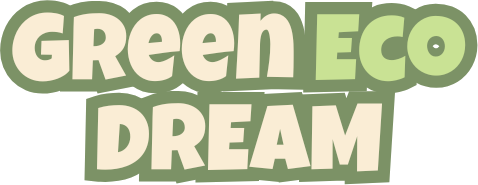The environment in Anaheim presents unique conditions for managing pests. Warm weather and varied habitats support a wide range of insects and rodents. Over time, pest management strategies have adapted to address changes in local pest populations and urban development patterns.
Changes in the Pest Environment in Anaheim
Anaheim’s climate plays a significant role in pest activity throughout the year. Mild winters and warm summers provide favorable conditions for pests to thrive longer than in colder regions, making pest control in Anaheim particularly important. Additionally, increased urbanization has altered natural habitats, influencing where pests are commonly found.
Shifts in pest behavior require changes in management for residential and commercial areas. Awareness of seasonal patterns helps apply timely control measures, enabling more effective responses to pests in the region. Pest management services in Anaheim often focus on addressing local issues, including termites, rodents, and mosquitoes. Providers tailor solutions to the region’s climate and urban growth, supporting both residential and commercial properties with effective pest control plans.
Developments in Pest Control Methods
Approaches to managing pests in Anaheim have gradually incorporated more varied techniques beyond traditional pesticide use. Emphasis has shifted towards combining physical, chemical, and biological methods to address infestations.
Monitoring pest activity regularly helps to determine the most effective and timely interventions. For example, traps and exclusion methods can reduce pest entry points in buildings without relying solely on chemicals. Where treatments are used, newer formulations are often selected based on their environmental compatibility and suitability for the local setting. This integrated style aims to balance effectiveness with consideration for surrounding ecosystems and human health.
Use of Technology in Pest Management
Recent years have seen the integration of technology into pest management efforts in Anaheim. Tools such as electronic monitoring devices allow for tracking pest movement and population levels with greater precision. This data can inform decisions on when and where treatments are necessary, potentially minimizing unnecessary applications.
Technology also supports ongoing observation of pest trends, helping to adjust management strategies over time. Advances in detection methods can assist in identifying early signs of infestation before issues become widespread. The incorporation of such tools contributes to a more responsive and informed pest control process.
Attention to Environmental and Community Factors
Consideration of environmental impact and community well-being has become increasingly relevant in pest control practices. Methods now often include preventive measures that focus on habitat modification to make areas less attractive to pests. Improvements in sanitation, sealing gaps, and managing moisture are examples of strategies used to reduce pest presence naturally.
There is also attention to minimizing chemical exposure by selecting treatments with lower toxicity when needed. Local regulations and community preferences play a role in shaping how pest control is conducted. This approach supports maintaining a balance between pest management and environmental stewardship.
Tailored Approaches for Different Property Types
The variety of property types in Anaheim influences the choice of pest management methods. Residential homes, commercial buildings, and public spaces each present distinct issues and require specific considerations. For instance, food service establishments may follow guidelines that differ from those applicable to residential areas.
Agricultural or landscaped spaces might employ additional measures to protect plants and soil. Customized pest management plans take into account the structure, usage, and location of the property. This ensures that techniques are appropriate for the specific setting and pest concerns present.
Pest control in Anaheim reflects an ongoing adaptation to local conditions and emerging factors. The use of integrated methods, supported by technology and mindful of environmental impacts, characterizes current practices. These developments help address pest-related issues with attention to the region’s climate, urban landscape, and community standards. Overall, the evolving techniques align with a broader understanding of pest behavior and the need for region-specific approaches.
